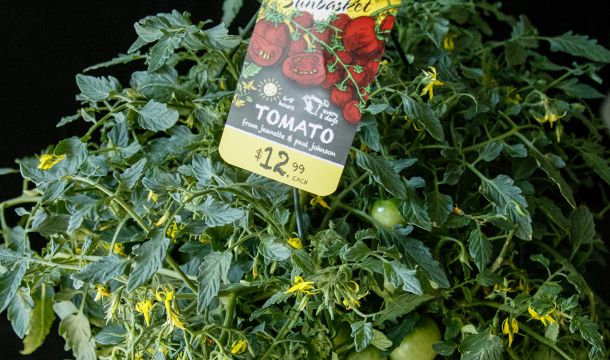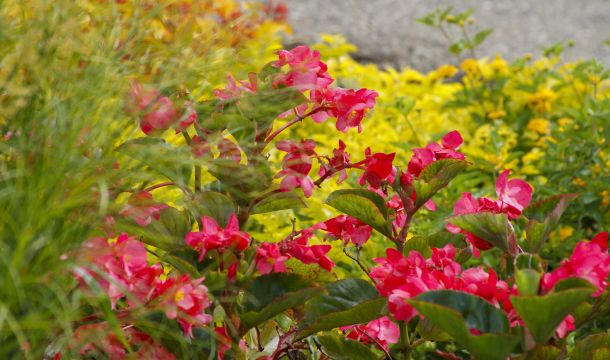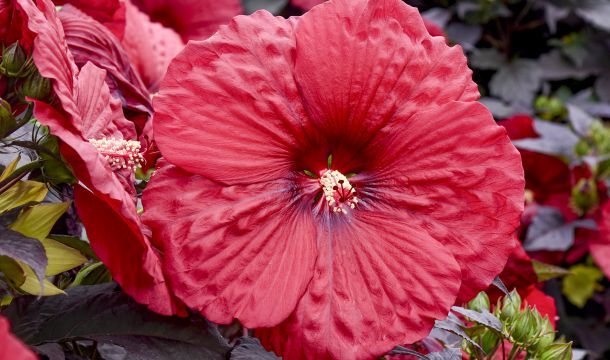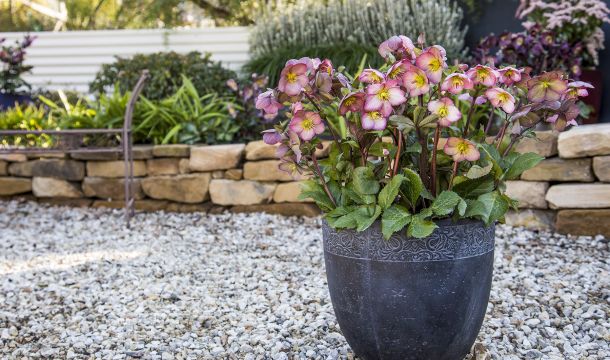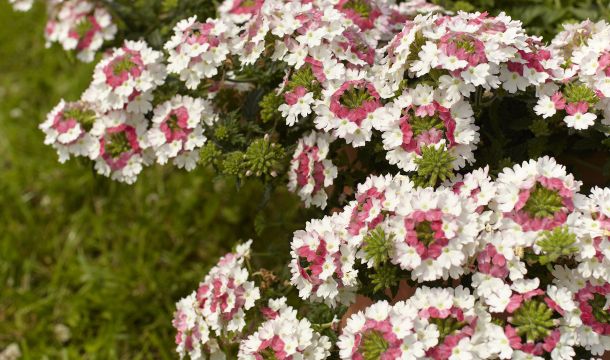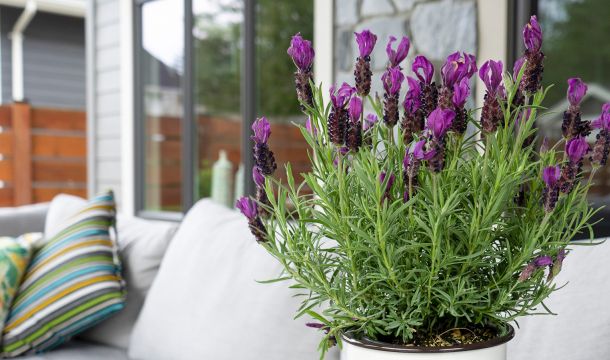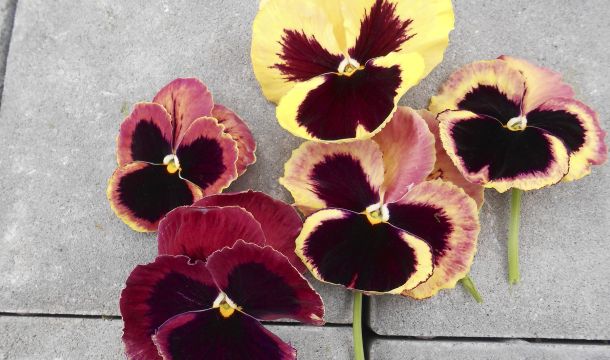Why Zinnias Have Zing

Revenue appeal behind zinnias rests on their broad attraction to the growers. Zinnias come into retail prime about the same time as petunias, vincas, and marigolds, and their market window keeps them selling into autumn as mum companions or replacements.
Seed-to-retail speed is a major part of their popularity. Zinnias offer fast turns for firms looking to convert houses to cash in short, swift cycles, or tuck a crop into an idle greenhouse. A zinnia crop can go from seed-to-pack in about eight weeks or from plug-to-shipping in around four weeks, give or take the pot size.
Marylandicas such as these Profusions are the flat-faced zinnias with the warm color range. They grow short, bushy and very durable displays.
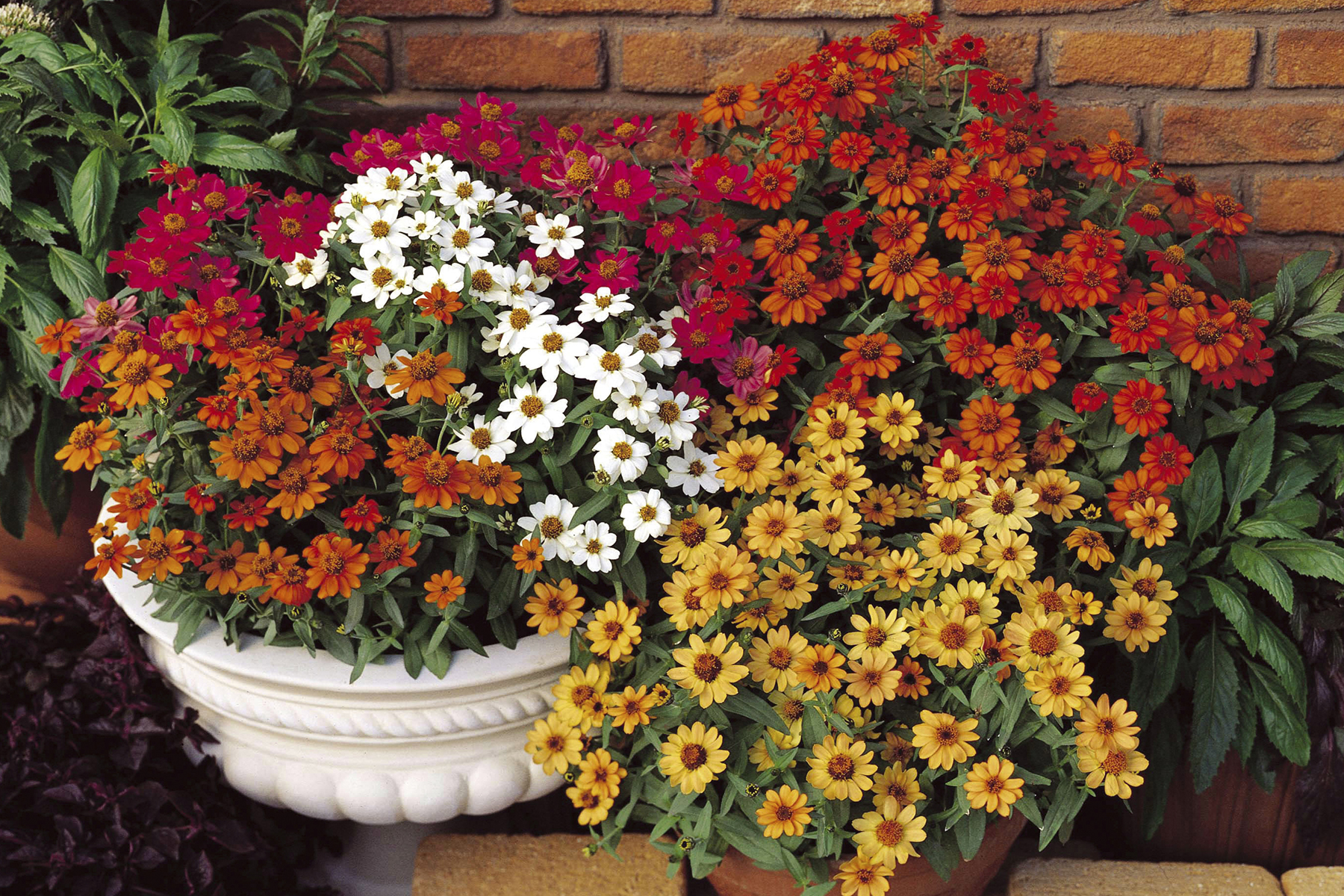
Their appeal is also broadly national with only one weak region skirting the Gulf Coast. High summer heat in Miami and Houston splits their retail season into two parts with a summer pause.
Two species have significant commercial traction. First is marylandica, the one to look at if long-lasting displays are a priority. This species has smaller flowers and more durable plants. Second is elegans. If punch and pizzaz are of top concern, these zinnias are meant for hot-colored container work, with big, bushy flowers in bright colors. However, if mildew troubles garden beds in the area, elegans plants are vulnerable; marylandica varieties are fine.
Marylandicas can also come in doubles like these Zahara Double Yellows. They have bushier flowerheads that still enjoy the famous durability of the species.
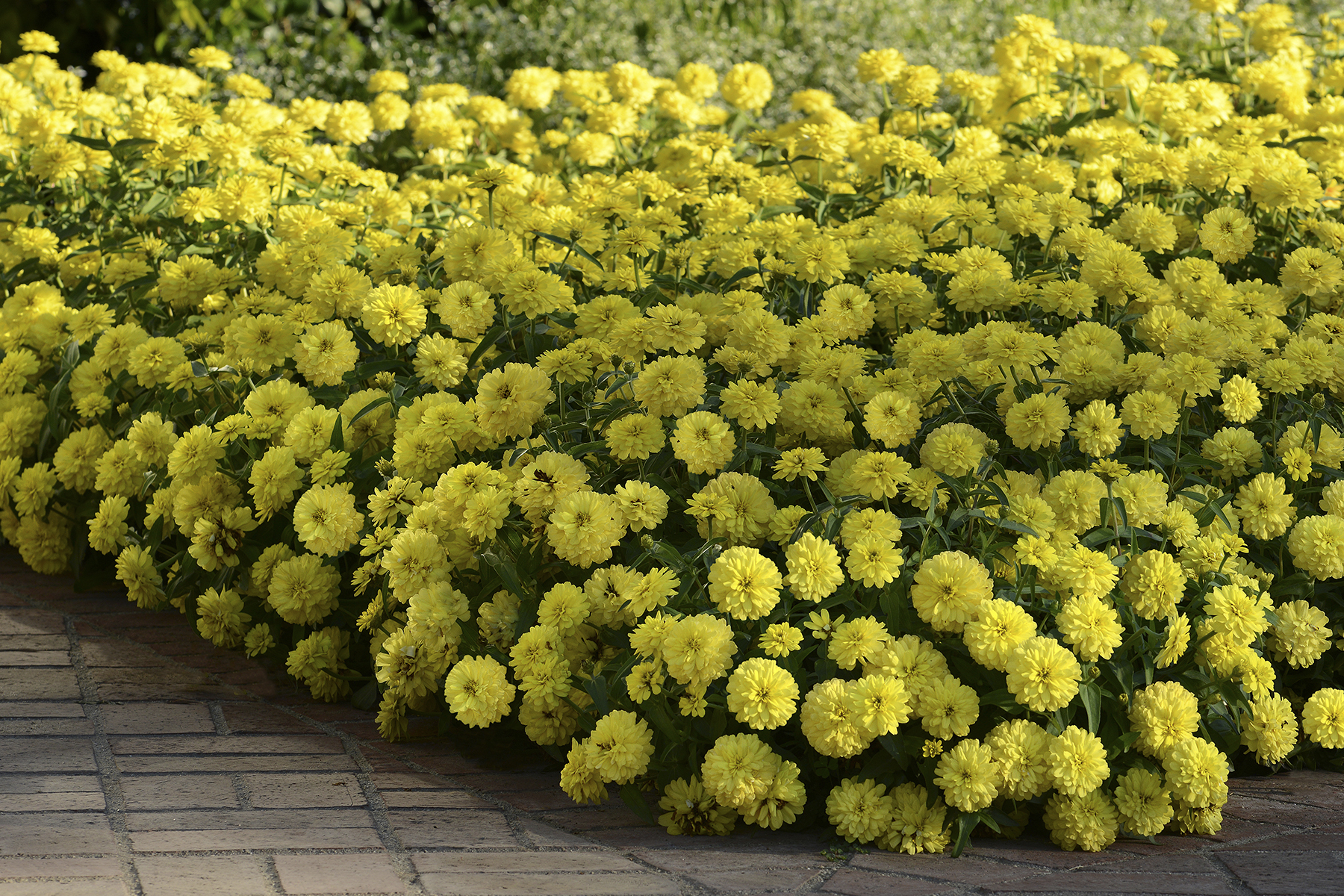
The marylandica
Singles or doubles cover marylandica plants heavily, with the pansy-like quality of painting the landscape with color. Flowers may be small but there are so many that from a distance beds are lush and bright with very little green peeking through them. Plants also bury their dead, growing up and over early blooms, so they are considered self-cleaning.
A good example is the Profusion series, introduced as Orange back in 1994 and launched as a full series in 1999. Profusion zinnias are mounded in habit, color up from the soil, and lock elbows with their neighbors to create a solid bed. Plants bloom within seven days of each other with an even growth habit.
Elegans like this Zesty Mix at Home Depot work really well in large mixed containers. Very big flowers on large plants hits the sweet spot for the chains.
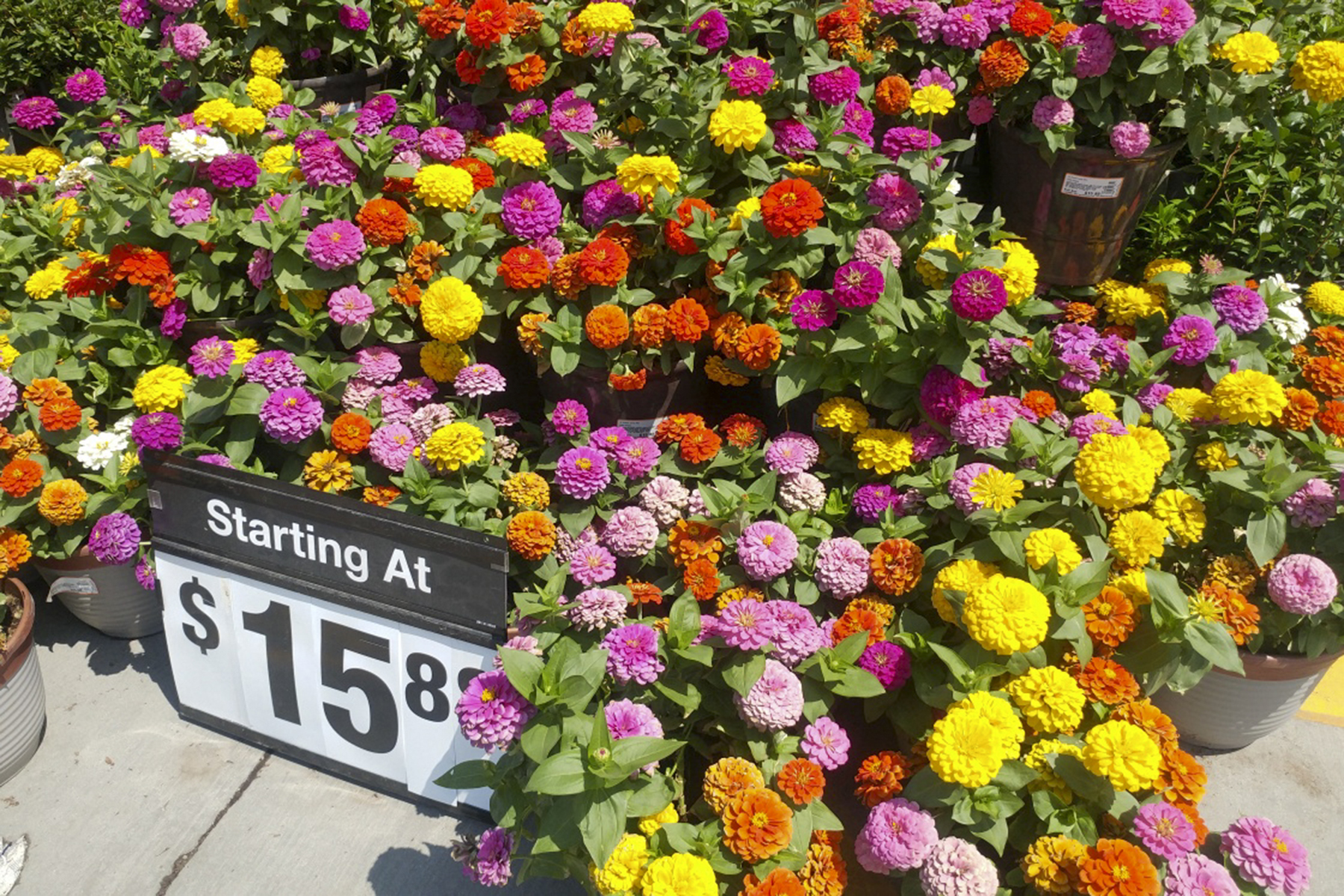
Although it’s an old series, Profusion continues to stay new as Sakata makes running changes from year to year. For 2025 they plan to introduce an improved Double White with a noticeably bigger flower. Over the lifespan of the series, Sakata has introduced five AAS winners to their zinnia lineup. That’s the signature of an active breeding program.
Zahara is Profusion’s competitor in the small zinnia market—it reflects the best of PanAm’s breeding over the years. This series was established about a decade ago and has the complete zinnia color range in its lineup. Zahara follows the PanAm breeding style, so plants are more upright in growth.
Profusions are noted for their wide flexibility in a variety of garden products. The same production protocol will support a wide range of price points.
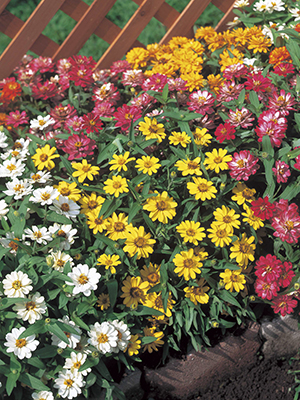 |
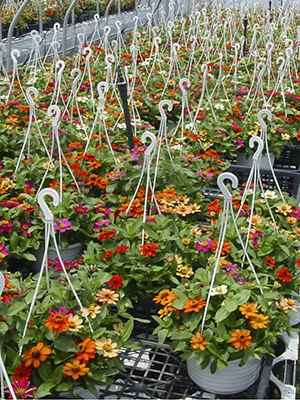 |
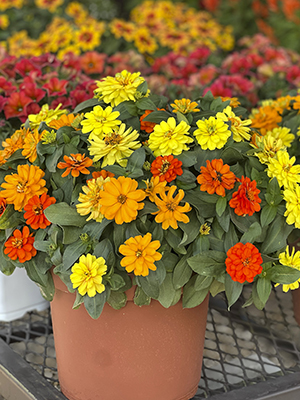 |
| Profusions in the garden | Profusions in baskets | Profusions on the bench |
The elegans
Extra big flower heads with cascading petals on taller stems are the hallmark of elegans, the other major commercial species. For show-and-tell there is the Zesty series. Chain sales and the large shop & drop containers they favor hit elegens on its strength. A long market window means effective spring, summer, and autumn decor products, all grown with the typical zinnia speed-to-market.
Zinnia mixes are shifting to more sophisticated seed blends, just like the pansy mixes did a decade ago. A new series, Elegant, is devoted to zinnia mixes only and is set to release Hot Mix at CAST25 this year. Based on the Zesty chassis, PanAm plans to add some refined shades to diversify future mixes, to support bowl and basket sales.
Here is a good contact between Zesty and Zahara. Elegens-style blooms are much taller and much bigger than their Marylandica version. Their achillea's heel is that, in some areas, mildews will shorten the late season performance of the elegans.
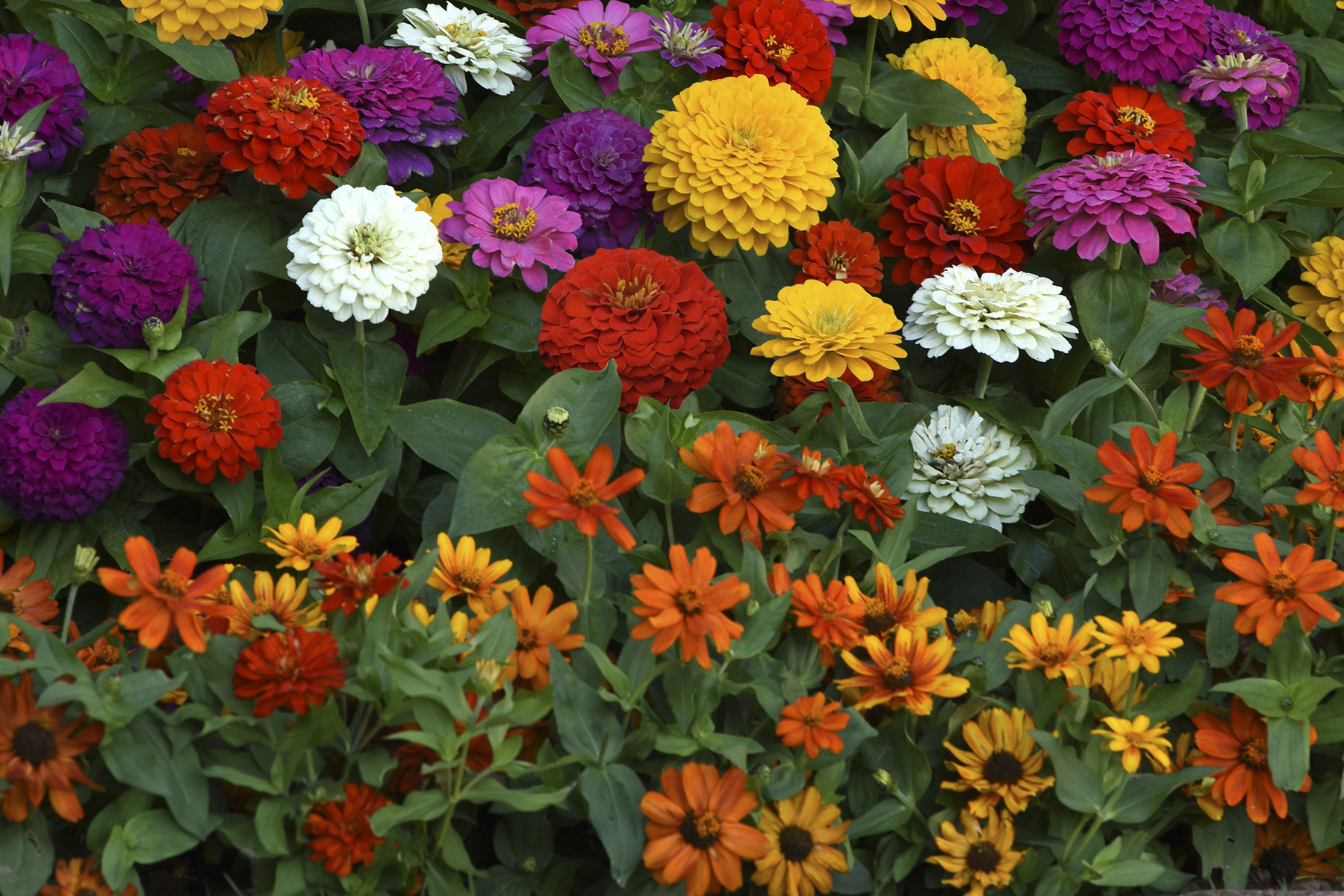
Tricks of the Trade
As easy as zinnias grow out, nuances still exist. First, their colors soften a little if they bloom under glass. Not much, but it's there in the reds. Bicolors see it when the subtle changes in the greenhouse make the two-toned feature hard to see. Their full vibrancy re-appears when they are toasted outside in full, hot sun.
Orange colors can also express a little banding in the greenhouse when the light levels aren’t filling in enough pigments. For a quick check to see if the zinnia light levels are too low, look at the oranges—they’ll show the problem first.
Light levels can affect doubleness on zinnias as well. If too much of the crop expresses singles or semi-singles instead of full doubles, the light levels are too low. This phenomenon shows up more in the elegens than in the marylandica.
Nighttime temperatures can also affect the vibrancy of the reds. In cooler houses, the red leans towards rose; in warm temperatures, it leans hard into the red. Cool nights greatly help the color patterns.
A mix of Zestys in a garden bed. These Zinnias have a role in public plantings like hotels, parks, restaurants and amusements where bold and beautiful is the sell. Commerical accounts also routinely replace color beds before they age out.
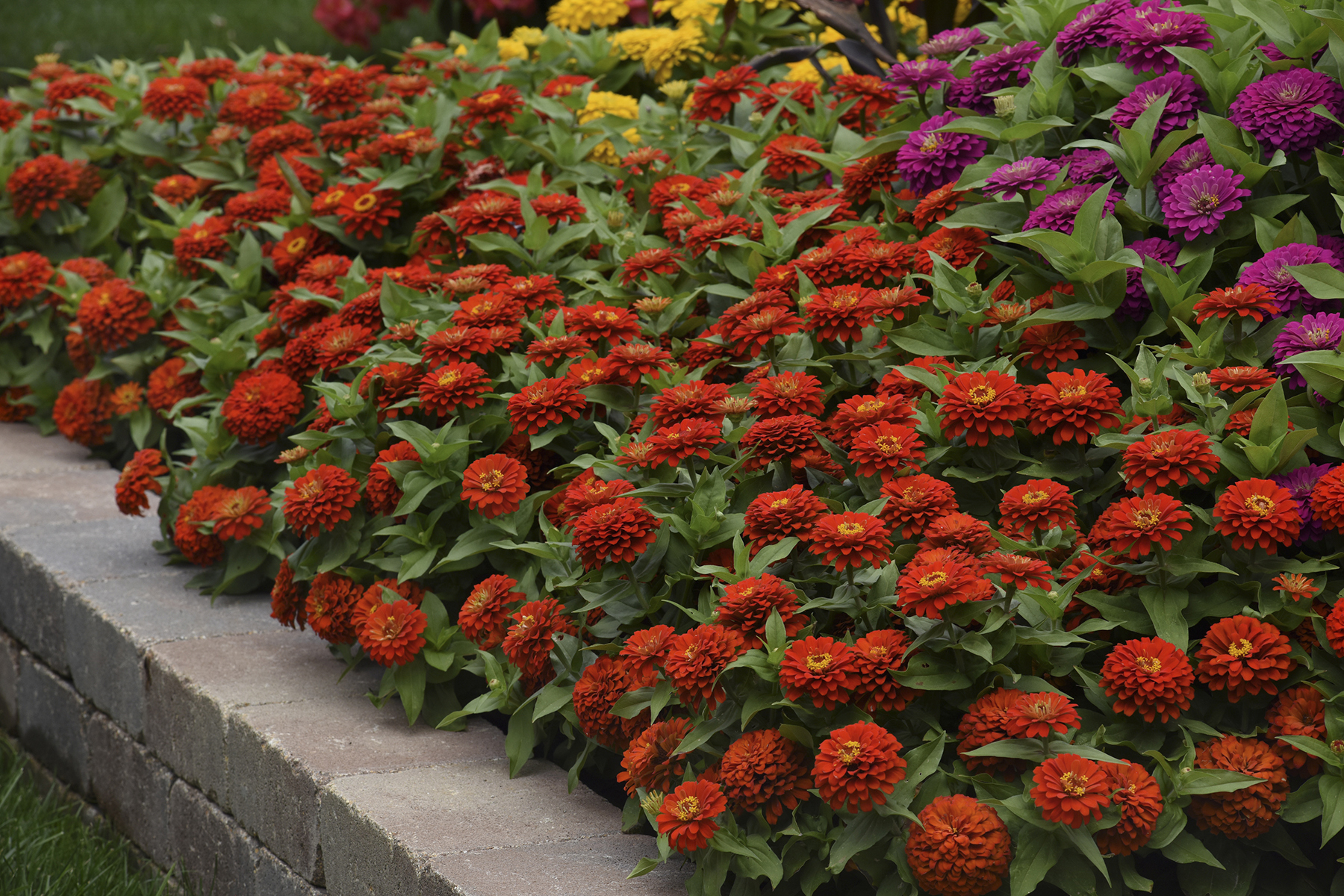
Some Bicolor Fun
If you grow Profusions, be sure to look at the bicolors. Both are reminiscent of coreopsis. One resembles American Dream and the other has the two-tone look of UpTick Red & Yellow. Among the Zaharas, bicolors are Sunburst and Starlight Rose in the singles and Raspberry Ripple in the doubles.
Three fun bicolors: Profusion Red Yellow Bicolor will color coordinate with plantings of the UpTick series of Coreopsis. The Zahara series has two very distinctive bicolors: Raspberry Ripple with the sherbet stripes running the length of the petal, and Starlight Rose with its pointed eyespot.
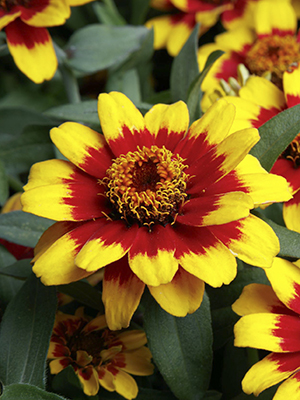 |
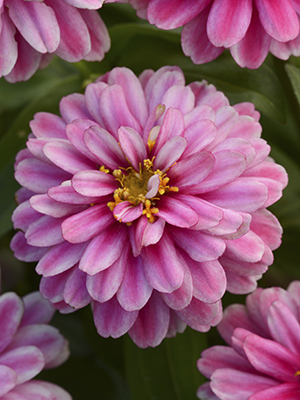 |
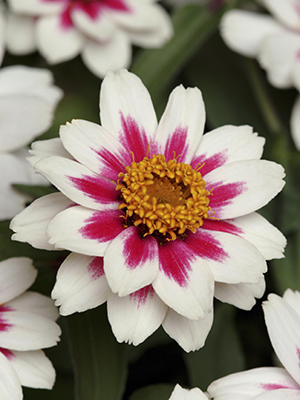 |
| Profusion Red Yellow Bicolor | Zahara Raspberry Ripple | Zahara Starlight Rose |
Popular Articles
